Your Post translational modification may include images are ready in this website. Post translational modification may include are a topic that is being searched for and liked by netizens now. You can Get the Post translational modification may include files here. Find and Download all free photos.
If you’re looking for post translational modification may include pictures information connected with to the post translational modification may include interest, you have come to the right blog. Our site always provides you with hints for downloading the maximum quality video and image content, please kindly search and locate more informative video content and graphics that match your interests.
Post Translational Modification May Include. A removal of introns B addition of a 5 cap C addition of a poly-A tail D addition of carbohydrates to form a glycoprotein E removal of exons Answer. In other words PTMs are chemical modifications of a polypeptide chain that occur after DNA has been transcribed into RNA and translated into protein. Posttranslational modification PTM of proteins being one of the later stages in protein biosynthesis refers to the reversible or irreversible chemical changes proteins may undergo after translation. Aformation of covalent bonds between cysteine residues of the amino acid site chains.
 Co And Post Translational Protein Folding In The Er Ellgaard 2016 Traffic Wiley Online Library From onlinelibrary.wiley.com
Co And Post Translational Protein Folding In The Er Ellgaard 2016 Traffic Wiley Online Library From onlinelibrary.wiley.com
It is used to regulate biological activity. Folding of the protein often with the aid of chaperones. A removal of introns B addition of a 5 cap C addition of a poly-A tail D addition of carbohydrates to form a glycoprotein E removal of exons Answer. Describe RNA post-transcriptional modification and its purpose Gene expression can be regulated at various stages after an RNA transcript has been produced. Protein post-translational modifications PTMs increase the functional diversity of the proteome by the covalent addition of functional groups or proteins proteolytic cleavage of regulatory subunits or degradation of entire proteins. Posttranslational modification PTM of proteins being one of the later stages in protein biosynthesis refers to the reversible or irreversible chemical changes proteins may undergo after translation.
In other words PTMs are chemical modifications of a polypeptide chain that occur after DNA has been transcribed into RNA and translated into protein.
Addition of glycine tags. A addition of a 5 cap B removal of introns C addition of carbohydrates to. Post-translational modifications include all of the following except. In other words PTMs are chemical modifications of a polypeptide chain that occur after DNA has been transcribed into RNA and translated into protein. These are essential for normal functioning of the protein. Post-translational modification may include A.
 Source: cell.com
Source: cell.com
Aformation of covalent bonds between cysteine residues of the amino acid site chains. Addition of glycine tags. Folding of the protein often with the aid of chaperones. Proteins often undergo large conformation changes once they are bound to a phosphate which can either upregulate or downregulate theit activity. Folding of the protein often with the aid of chaperones AND removal of the signal sequence.
 Source: pnas.org
Source: pnas.org
In other words PTMs are chemical modifications of a polypeptide chain that occur after DNA has been transcribed into RNA and translated into protein. Folding of the protein often with the aid of chaperones. Kinases add phosphate groups and phosphatases remove phosphate groups. This is one of the most common modifications that occurs in animal cells. Posttranslational modification PTM of proteins being one of the later stages in protein biosynthesis refers to the reversible or irreversible chemical changes proteins may undergo after translation.
 Source: pinterest.com
Source: pinterest.com
Folding of the protein often with the aid of chaperones AND removal of the signal sequence. Proteins often undergo large conformation changes once they are bound to a phosphate which can either upregulate or downregulate theit activity. Proteins are synthesized by ribosomes translating mRNA into polypeptide chains which may then undergo PTM to form the mature protein product. Addition of glycine tags. Protein post-translational modifications PTMs increase the functional diversity of the proteome by the covalent addition of functional groups or proteins proteolytic cleavage of regulatory subunits or degradation of entire proteins.
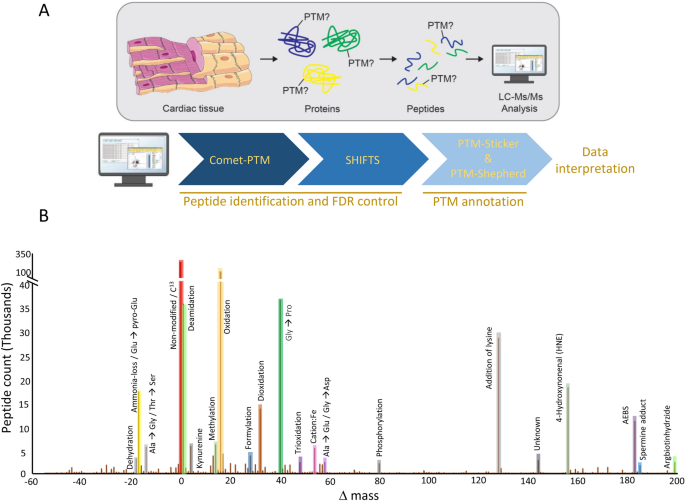 Source: nature.com
Source: nature.com
A addition of a 5 cap B removal of introns C addition of carbohydrates to. Posttranslational modification PTM of proteins being one of the later stages in protein biosynthesis refers to the reversible or irreversible chemical changes proteins may undergo after translation. Addition of glycine tags. Formation of exons and introns. A addition of a 5 cap B removal of introns C addition of carbohydrates to.
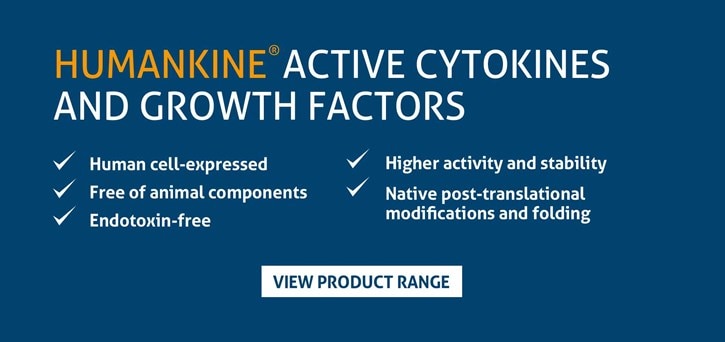 Source: ptglab.com
Source: ptglab.com
Post-translational modification may include A. Addition of glycine tags. Proteins often undergo large conformation changes once they are bound to a phosphate which can either upregulate or downregulate theit activity. These are essential for normal functioning of the protein. Post-translational modification may include formation of exons and introns.
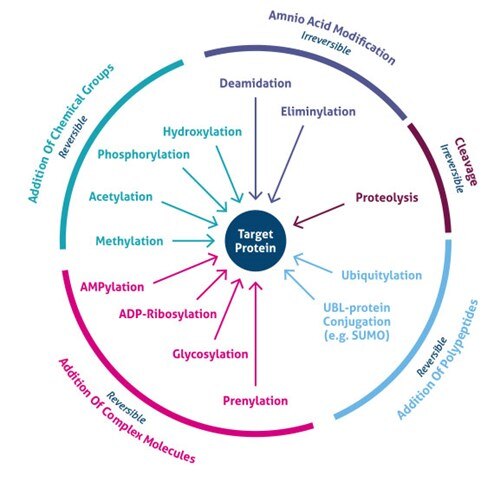 Source: ptglab.com
Source: ptglab.com
PTMs are important components in cell signaling as for example when prohormones are converted to hormones. Some transcripts can undergo alternative splicing. Post-translational modifications include all of the following except. Post-translational modification refers to the covalent and generally enzymatic modification of proteins following protein biosynthesis. This regulated process makes different mRNAs.
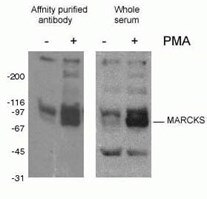 Source: ptglab.com
Source: ptglab.com
Posttranslational modification PTM of proteins being one of the later stages in protein biosynthesis refers to the reversible or irreversible chemical changes proteins may undergo after translation. Removal of the signal sequence. Addition of glycine tags. This regulated process makes different mRNAs. Post-translational modifications of proteins may include which of the following processes.
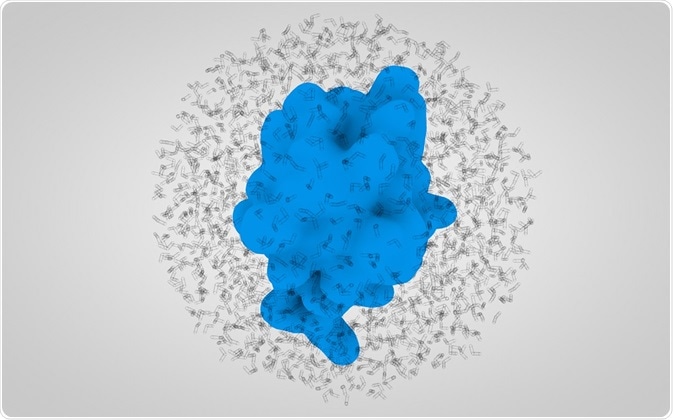 Source: news-medical.net
Source: news-medical.net
While the role of functional domains of the VP13 proteins and receptor footprints are known for certain AAV serotypes AAV16 9 9 11 23-25 the impact of the posttranslational modifications PTM of the capsid proteins that may fine tune several aspects of viral infectivity and dictate systemic host response is poorly. Proteins are synthesized by ribosomes translating mRNA into polypeptide chains which may then undergo PTM to form the mature protein product. Proteins often undergo large conformation changes once they are bound to a phosphate which can either upregulate or downregulate theit activity. PTMs are important components in cell signaling as for example when prohormones are converted to hormones. Addition of glycine tags.
 Source: onlinelibrary.wiley.com
Source: onlinelibrary.wiley.com
102 Post-translational modifications of proteins may include which of the following. Folding of the protein often with the aid of chaperones. Formation of exons and introns. Post-translational modification PTM refers to the covalent and generally enzymatic modification of proteins following protein biosynthesis. Post-translational modification may include formation of exons and introns.
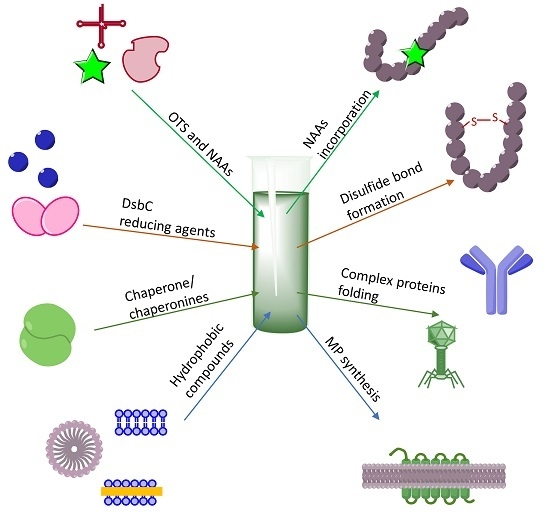 Source: mdpi.com
Source: mdpi.com
The modifications collectively are known as post-translational modifications. In other words PTMs are chemical modifications of a polypeptide chain that occur after DNA has been transcribed into RNA and translated into protein. Formation of exons and introns. In other words PTMs are chemical modifications of a polypeptide chain that occur after DNA has been transcribed into RNA and translated into protein. These are essential for normal functioning of the protein.
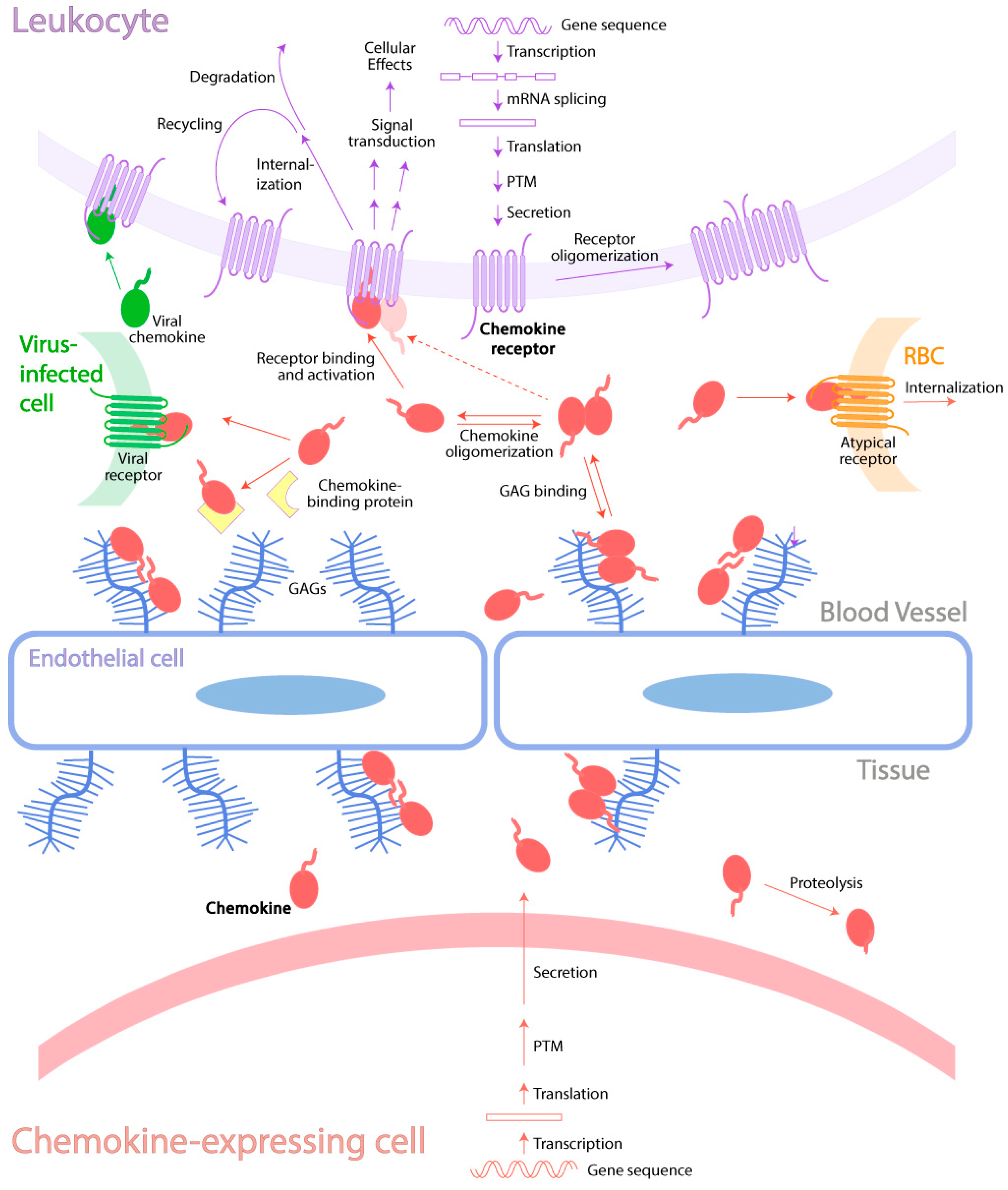 Source: mdpi.com
Source: mdpi.com
A addition of a 5 cap B removal of introns C addition of carbohydrates to. Proteins often undergo large conformation changes once they are bound to a phosphate which can either upregulate or downregulate theit activity. Post-translational modifications include all of the following except. Post-translational modifications can occur on the amino acid side chains or at the proteins C- or N. Removal of the signal sequence.
 Source: pinterest.com
Source: pinterest.com
PTMs are important components in cell signaling as for example when prohormones are converted to hormones. Folding of the protein often with the aid of chaperones. Post-translational modifications include all of the following except. In other words PTMs are chemical modifications of a polypeptide chain that occur after DNA has been transcribed into RNA and translated into protein. Posttranslational modification PTM of proteins being one of the later stages in protein biosynthesis refers to the reversible or irreversible chemical changes proteins may undergo after translation.
 Source: jbc.org
Source: jbc.org
Some transcripts can undergo alternative splicing. PTMs are important components in cell signaling as for example when prohormones are converted to hormones. A addition of a 5 cap B removal of introns C addition of carbohydrates to. Removal of the signal sequence. Post-translational modification refers to the covalent and generally enzymatic modification of proteins following protein biosynthesis.
 Source: pinterest.com
Source: pinterest.com
102 Post-translational modifications of proteins may include which of the following. These are essential for normal functioning of the protein. Posttranslational modification PTM of proteins being one of the later stages in protein biosynthesis refers to the reversible or irreversible chemical changes proteins may undergo after translation. Addition of glycine tags. Formation of exons and introns.
Source:
Folding of the protein often with the aid of chaperones. Protein post-translational modifications PTMs increase the functional diversity of the proteome by the covalent addition of functional groups or proteins proteolytic cleavage of regulatory subunits or degradation of entire proteins. Formation of exons and introns. Addition of glycine tags. A removal of introns B addition of a 5 cap C addition of a poly-A tail D addition of carbohydrates to form a glycoprotein E removal of exons Answer.
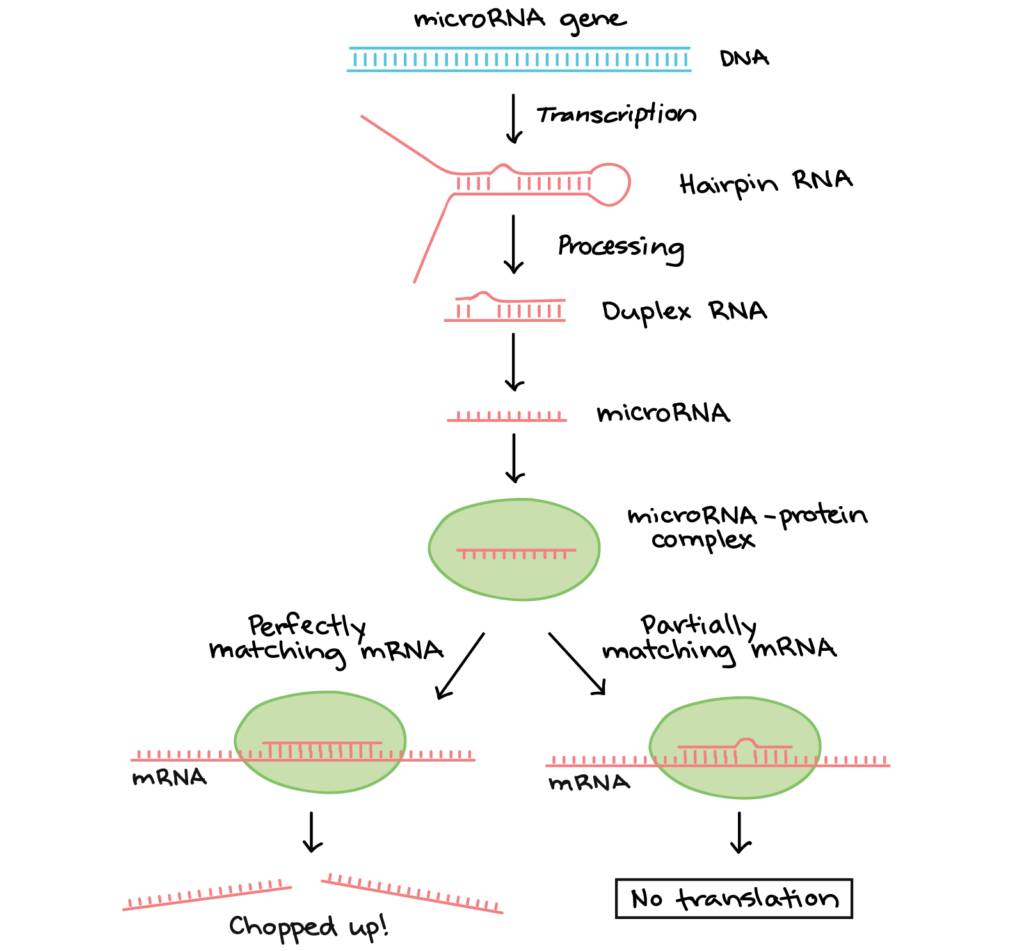 Source: courses.lumenlearning.com
Source: courses.lumenlearning.com
Kinases add phosphate groups and phosphatases remove phosphate groups. These are essential for normal functioning of the protein. A addition of a 5 cap B removal of introns C addition of carbohydrates to. Proteins often undergo large conformation changes once they are bound to a phosphate which can either upregulate or downregulate theit activity. In other words PTMs are chemical modifications of a polypeptide chain that occur after DNA has been transcribed into RNA and translated into protein.
 Source: rockland-inc.com
Source: rockland-inc.com
Post-translational modifications include all of the following except. Removal of the signal sequence. Describe RNA post-transcriptional modification and its purpose Gene expression can be regulated at various stages after an RNA transcript has been produced. OR The chemical modifications that take place at certain amino acid residues after the protein is synthesized by translation are known as post-translational modifications. It is used to regulate biological activity.
 Source: onlinelibrary.wiley.com
Source: onlinelibrary.wiley.com
A addition of a 5 cap B removal of introns C addition of carbohydrates to. A addition of a 5 cap B removal of introns C addition of carbohydrates to. Addition of glycine tags. Post-translational modification PTM refers to the covalent and generally enzymatic modification of proteins following protein biosynthesis. Post-translational modifications include all of the following except.
This site is an open community for users to do submittion their favorite wallpapers on the internet, all images or pictures in this website are for personal wallpaper use only, it is stricly prohibited to use this wallpaper for commercial purposes, if you are the author and find this image is shared without your permission, please kindly raise a DMCA report to Us.
If you find this site good, please support us by sharing this posts to your favorite social media accounts like Facebook, Instagram and so on or you can also bookmark this blog page with the title post translational modification may include by using Ctrl + D for devices a laptop with a Windows operating system or Command + D for laptops with an Apple operating system. If you use a smartphone, you can also use the drawer menu of the browser you are using. Whether it’s a Windows, Mac, iOS or Android operating system, you will still be able to bookmark this website.






